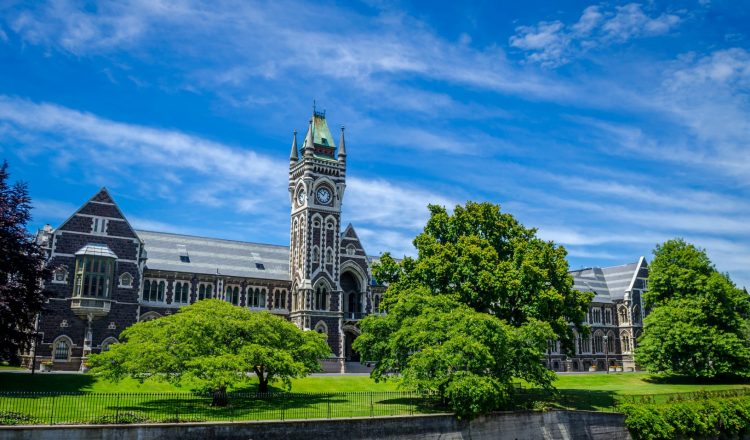Choosing high school subjects
Years 9 and 10
All year 9 and 10 students in English medium schools are required to study core subjects such as English, mathematics, science as well as health and physical education. In addition, most secondary schools offer a range of different options for your child to choose from, including technology, arts, social sciences and languages other than English.
It’s a good idea for you and your child to think about any areas of interest or particular strengths when they are in year 8 as this may affect which school and which subject options they choose when they move on to year 9. If at the time of enrolment your child is unsure about which optional subjects they want to take, your chosen school will be able to guide you on this.
Year 11 and beyond
In years 11-13 students specialise further as they work toward NCEA (National Certificate of Educational Achievement, which is the main secondary school qualification). In most schools students will start looking at subject area choices midway through Year 10. This includes finding out what qualifications they will need when they leave school to move on to work or tertiary study of their choice.
The requirements for tertiary courses differ so it’s best students keep their options open as long as possible. And it might be that your teenager is not sure what they want to do when they leave school.
In addition to the core subject areas, many schools offer courses that lead to trades or vocations such as travel and tourism, engineering and hospitality.
Who can help?
The careers advisor at your teenager’s school will be able to guide you about subject choices and how they may affect future study or work options. In many cases they may be able to help your teenager to develop an individual learning plan. Review the eight steps to choosing subjects:

















































